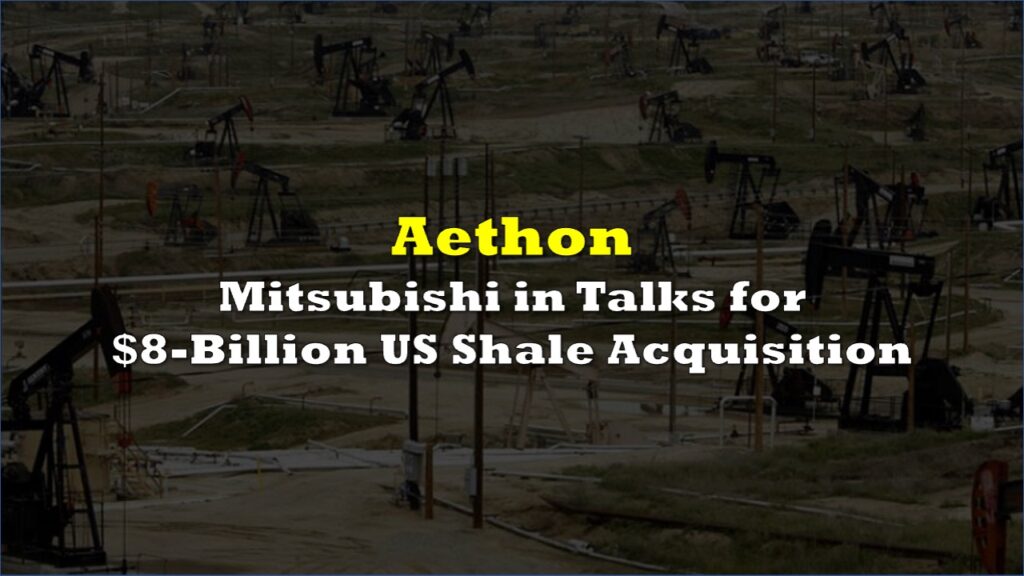In its latest analysis, Enverus research firm reveals that the decline in output from US shale wells has taken a more severe turn than initially projected, compelling oil drillers to adopt intensified measures to prevent further production decreases.
Over the past decade, US shale wells experienced a twofold increase in crude extraction; however, Enverus’ findings challenge the anticipation of a surge in American oil production. This trend underscores a fundamental reality for US shale explorers: the initial months of well production yield the highest output, transforming from gushers to gradual flows over time. The oil industry witnessed an unprecedented boom during the 2010’s shale revolution, characterized by relentless pursuit of production expansion.
“Even though recoveries from the average U.S. shale oil well have doubled in the past decade, production profiles for the average well have steepened more than half of a percentage point annually since 2010,” a key takeaway from the report.
Legacy oil production decline from tight shale oil basins in US reaches record levels per DPR data. Permian Basin leads the way with the largest decrease through time due to increased activity. Other areas stabilize decline. #OOTT #EIA #oil #OPEC pic.twitter.com/b9VE3Rr5lC
— Paul Dial, PhD (@DialPauldial) August 17, 2023
Presently, the majority of available land for drilling is either owned or leased, leaving limited prospects for discovering new areas abundant in oil reserves. Oil companies are strategically assessing various drilling and production techniques to optimize well yields. Among these strategies, the consolidation of wells in proximity is gaining traction, intensifying the density of the shale region and posing challenges for ramping up production rates.
Dane Gregoris, the Managing Director of Enverus Intelligence Research and the report’s author, summarizes the industry’s predicament, highlighting an accelerating treadmill effect.
“The U.S. shale industry has been massively successful, roughly doubling the production out of the average oil well over the last decade, but that trend has slowed in recent years,” said Gregoris. “In addition, we’ve observed that declines curves, meaning the rate at which production falls over time, are getting steeper as well density increases. Summed up, the industry’s treadmill is speeding up and this will make production growth more difficult than it was in the past.”
Illustrating this trend, the Permian Basin, situated in west Texas and southeast New Mexico, heralded as North America’s most productive oil field, has experienced a consistent 0.5% annual decline in well production rates within the Midland area since 2014. The nearby Delaware region has faced an even more pronounced decrease in well production during the same period.
The research firm expects the curvature of Permian-style trajectories is set to intensify gradually as the basin undergoes denser development. Consequently, the “average breakeven prices will rise.”
Information for this story was found via Bloomberg and the sources mentioned. The author has no securities or affiliations related to the organizations discussed. Not a recommendation to buy or sell. Always do additional research and consult a professional before purchasing a security. The author holds no licenses.









